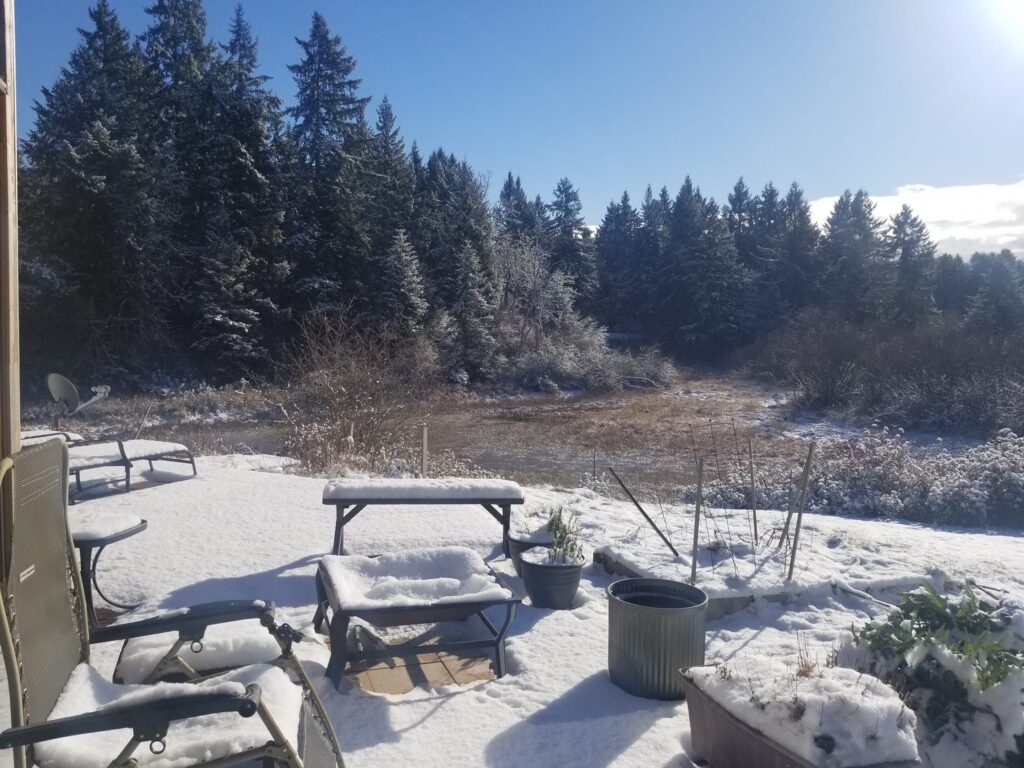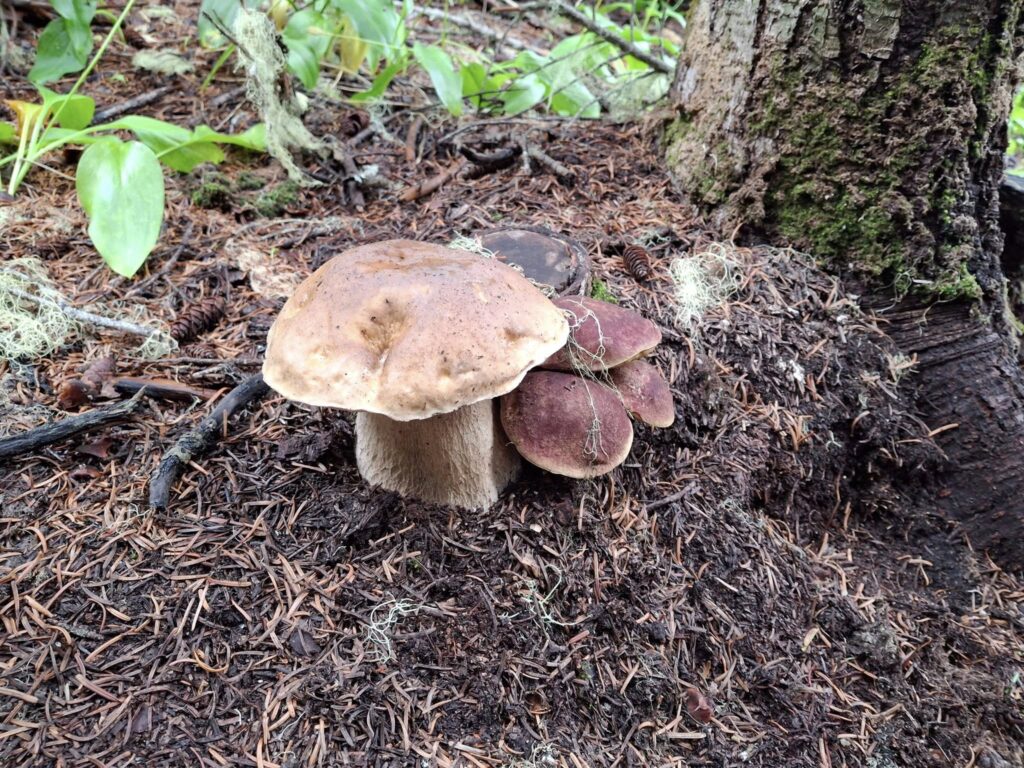The benefits of nature journaling are well-documented. They include sharpened observation skills, stress relief, increased creativity, a near-meditative state that increases focus, and an ability to track seasonal changes and behaviors over time.
As a long-time nature journalist, writer, and facilitator, Julie Tennis is well aware of those benefits. Tennis, PEI’s former Coastal Region FieldSTEM Coordinator, finds that the process activates a deeper level of learning. “My favorite thing about nature journaling is how, when you give yourself time to really observe your subject, your mind gets pulled past the superficial exercise of observing, and your curiosity gets ignited,” says Tennis. “Once this happens, it’s like a dopamine hit. You become engrossed in a cycle of asking questions, finding answers, and asking more questions.”

Now Tennis is sharing nature journaling techniques and their inherent benefits with a group of teachers enrolled in PEI’s five-month Building Observation Skills workshop. Participants in the online course practice nature journaling, explore resources to expand their skills, and create a plan to implement their learning with students. Using Emilie Lygren and John Muir Laws’ book How to Teach Nature Journaling: Curiosity, Wonder, Attention as the primary text, the group is learning how nature journaling can support the integration of natural history, inquiry, investigation, scientific thinking, storytelling, mathematical thinking, and visual thinking.
“My students were so on task and loved their creations.[Even] my students that do not enjoy art relaxed and enjoyed the activity too.”
– Educator in Nature Journaling Workshop
Between sessions, the teachers try the techniques in their personal nature journals and implement specific strategies with students such as sound mapping and sit spots. Then they share their experiences, noting what worked well and any challenges they encountered.
Many participants noticed personal benefits as a result of their experiences. “[I’m] taking the time to notice what is changing around me,” said one. “Is it the changing of the light or lengthening of the day? I’m not sure, but I felt more in tune to the natural world.”
Another shared, “I was able to really settle in and enjoy the world around me more than before. I feel like I am past the ‘trying to keep my head above water time of the year’ and could just relax.”
Some also noted positive impacts in their classes. “My students were so on task and loved their creations,” one explained. “[Even] my students that do not enjoy art relaxed and enjoyed the activity too.”
An educator who has spent a career working in schools where a high percentage of students qualify for free and reduced lunches speculated about the potential impact of nature journaling. “I am just noticing things in a different way now that I have this new ‘lens’ to look through. I wonder if my students would look differently at the world around them if they had a journal to note things in.”
According to Tennis, such students could benefit from the stress relief and meditative state that nature journaling induces. “When you let yourself fall into the observing of the thing, it pulls you out of your own mind,” she says. “Whatever worries and other background thoughts you have are silenced for a bit, and you come out the other side of the experience feeling refreshed, in addition to having made a deeper connection to some aspect of nature.”
The course will continue over six months, with participants continuing to experiment with and implement various aspects of journaling.
